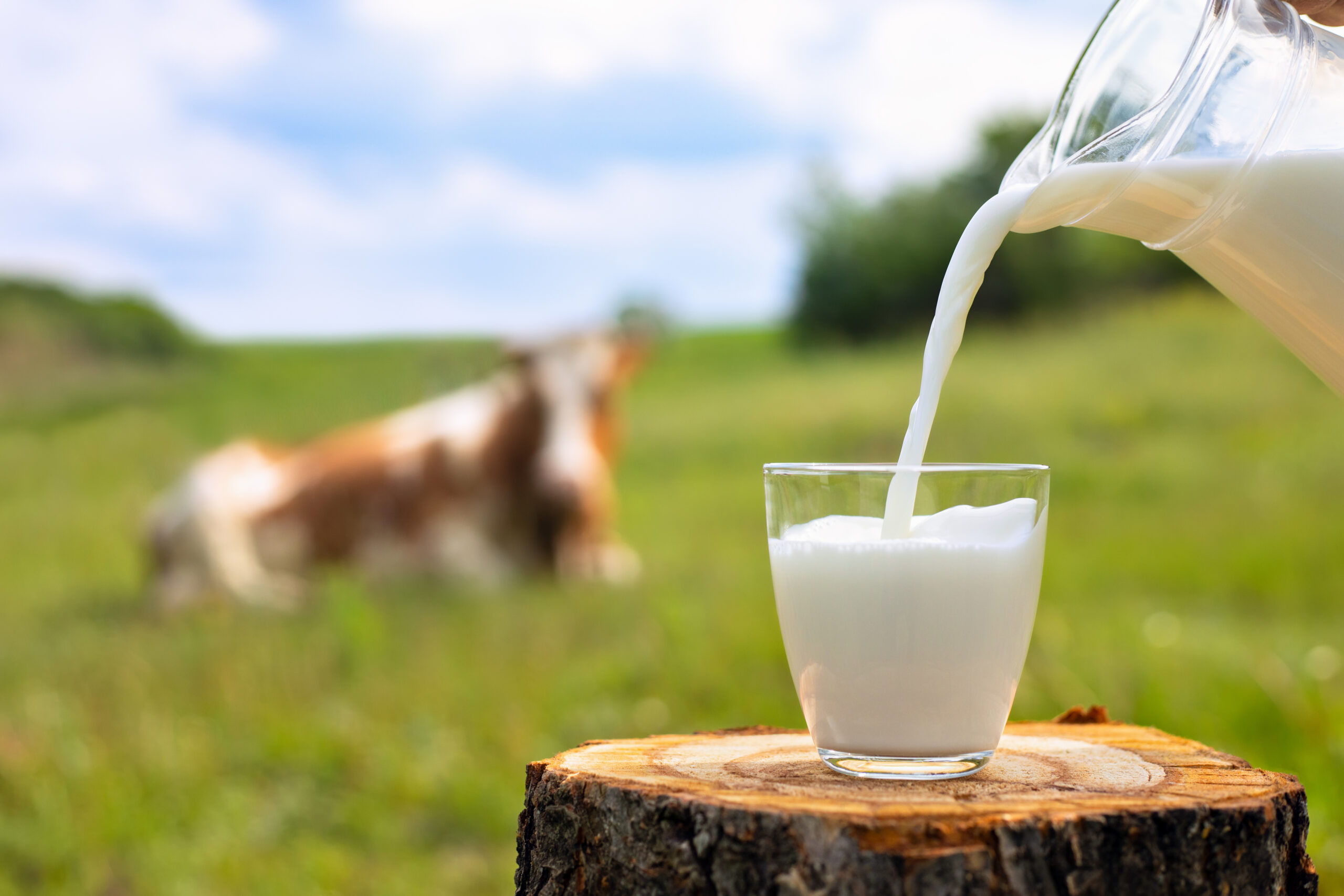— GOOD HEALTH GROWS FROM INFORMED CHOICES
Got Milk?
We all remember that ad campaign, right? Hard to believe, but it was first launched in 1993. This question was posed to increase business for Midwestern dairy farmers, but it actually asked an important question of all Americans: Have you consumed enough dairy today?
At our concierge care practice, where personalized adult and senior health is our focus, these questions come up often—and we aim to help you navigate the many sources of dairy available today.
How Much Dairy Do You Really Need?
With the current trend of dairy alternatives—soy, almond, oat, rice, coconut, you name it—it is important to evaluate your dairy intake, especially as you age. The USDA doesn’t specifically define a recommended milk intake. Instead, it offers a broader recommendation for dairy consumption. Adult men and women above the age of 50 should aim for three cups of dairy per day.
Livestrong.com helps us navigate some complicated serving equivalents: While one cup of milk, yogurt, frozen yogurt, soy milk, or milk-based pudding counts as one cup of dairy, the same isn’t true for cheese and ice cream. As the USDA points out, 1.5 ounces of hard cheese (such as mozzarella, Parmesan, cheddar, and Swiss cheese) or two cups of cottage cheese count as one cup of dairy. One and a half cups of ice cream also count as one cup of dairy (and a lot of sugar!).
To make your milk math even more challenging, keep in mind that soy milk is the only dairy alternative that can replace cow’s milk as a serving of milk. Almond milk has plenty of health benefits but is not a reasonable calcium replacement.
As we age, our need for calcium continues long after we stop growing. Women at age 50 need about 1,200 mg per day, while men at age 50 need about 1,000 mg. This can increase as we age depending on individual medical conditions, use of certain medications, and exercise capabilities.
So, do you need to drink milk with every meal? No! There are plenty of diet-based ways to get the calcium, vitamin D, potassium, and protein that milk provides. Some of my favorites include broccoli, spinach, oatmeal, and salmon.
Here are some recipes to boost calcium in your diet: EatingWell – High Calcium Recipes.

Smart eating choices can make a big difference for your health.
Targeted Nutrition for Healthy Aging
The bottom line? Dairy—and more broadly, calcium—still plays a critical role in adult and senior health. But it’s not about forcing a glass of milk at every meal. It’s about understanding your body’s changing needs and meeting them with a balanced, nutrient-rich diet that works for your lifestyle and medical history.






